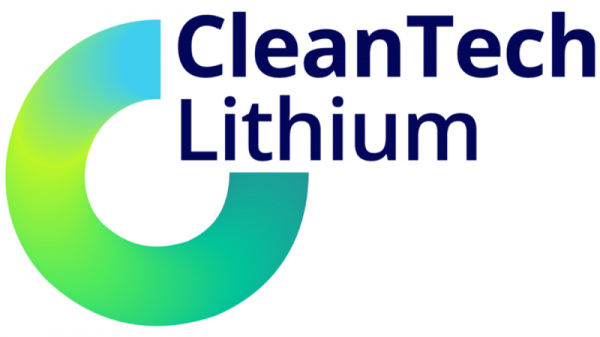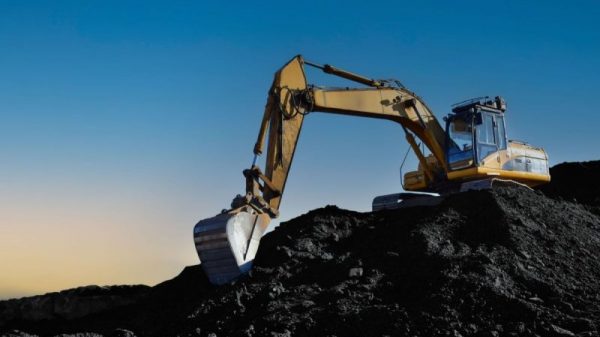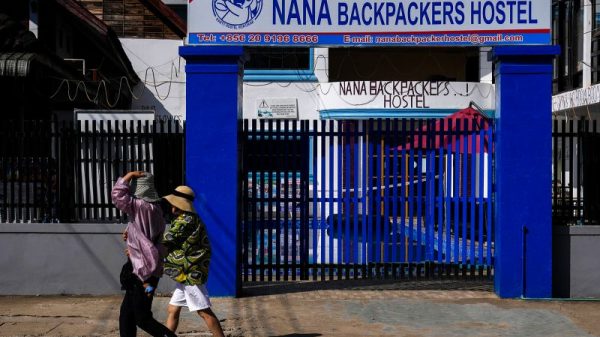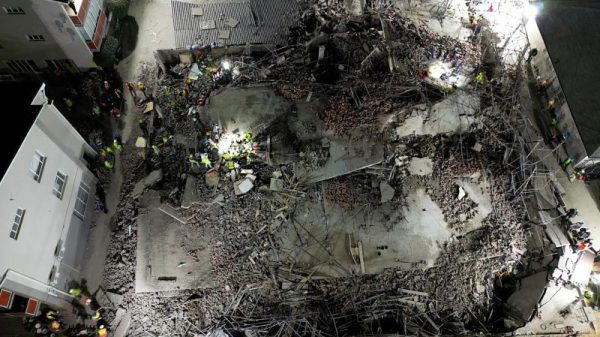NASA’s Artemis program, which aims to return astronauts to the moon this decade amid a renewed international push for lunar exploration, is facing some lengthy delays, the space agency has announced.
The Artemis III mission, planned to hit the the crucial milestone of landing humans on the moon for the first time since the Apollo program, will not take off until at least September 2026, NASA officials said at a news conference Tuesday. The journey had previously been slated for 2025.
The primary reasons for the delay include SpaceX’s outlook for developing Starship, the gargantuan rocket and spacecraft system that is expected to ferry astronauts from lunar orbit to the moon’s south pole. Two Starship test flights in 2023 ended in explosions.
SpaceX has a long road ahead in developing its lunar lander. Even after Starship demonstrates the ability to make it safely to Earth’s orbit, the company must hash out how to get the vehicle enough propellant to travel out to the moon, a feat that is expected to involve at least 10 refueling flights, according to Jessica Jensen, SpaceX’s vice president of customer operations and integration.
“We must be realistic. … We’re looking at our Starship progress and need for propellant transfer, the need for numerous landings,” NASA Associate Administrator Jim Free told reporters Tuesday.
Jensen said SpaceX could be ready — and receive the necessary regulatory approvals — for its third Starship test flight by February.
NASA officials added that they are also expecting delays in engineering the spacesuits astronauts will wear while on the moon’s surface. Both SpaceX’s Starship development and the spacesuits were factors that government watchdogs, including NASA’s inspector general, have cited as potential factors that could cause delays for the Artemis III mission.
That delay is linked in part to issues with the Orion crew capsule that will be home to the astronauts during the mission. The space agency previously disclosed that the spacecraft’s heat shield, which keeps Orion from burning up as the vehicle reenters the Earth’s atmosphere, became charred and eroded in an unexpected way during the uncrewed Artemis I mission in 2022, according to Amit Kshatriya, the deputy associate administrator for NASA’s Moon to Mars Program.
There is also still much work to do on the Orion crew capsule’s life support system and valves that failed during testing, Kshatriya said. NASA officials indicated that they expect the lift support systems to take the longest to prepare for flight.
A new space race
NASA is still targeting 2028 for the launch of its Artemis IV mission, which will aim to send astronauts to a forthcoming space station that will orbit the moon, called Gateway.
The altered timeline and mission shuffling marks a major realignment of expectations for the Artemis program, which is NASA’s current flagship human space exploration effort.
The Artemis program’s underlying goal is to establish a permanent human presence on the moon as rival nations, including China, chase similar ambitions.
China has already led a robotic return to the moon in the 21st century, launching the first uncrewed lander ever to touch down on the moon’s far side, and plans to put its own astronauts on the lunar surface by the end of the decade.
“I really do not have a concern that China’s gonna land before us,” NASA administrator Bill Nelson said Tuesday. “I think that China has a very aggressive plan. I think they would like to land before us … but the fact is that I don’t think they will.”
The announcement of delays for NASA’s crewed Artemis missions also comes as the space agency’s robotic lunar exploration program, called CLPS or Commercial Lunar Payload Services programs, suffered a setback.
The space agency has partnerships with four companies to develop landers that can carry science instruments and other cargo to the moon — and the first of those landers to launch, the Astrobotic Peregrine lander, failed in the hours after it took flight on Monday.
The company is currently assessing how it will dispose of the vehicle as it runs of out of propellant en route to the moon.







































